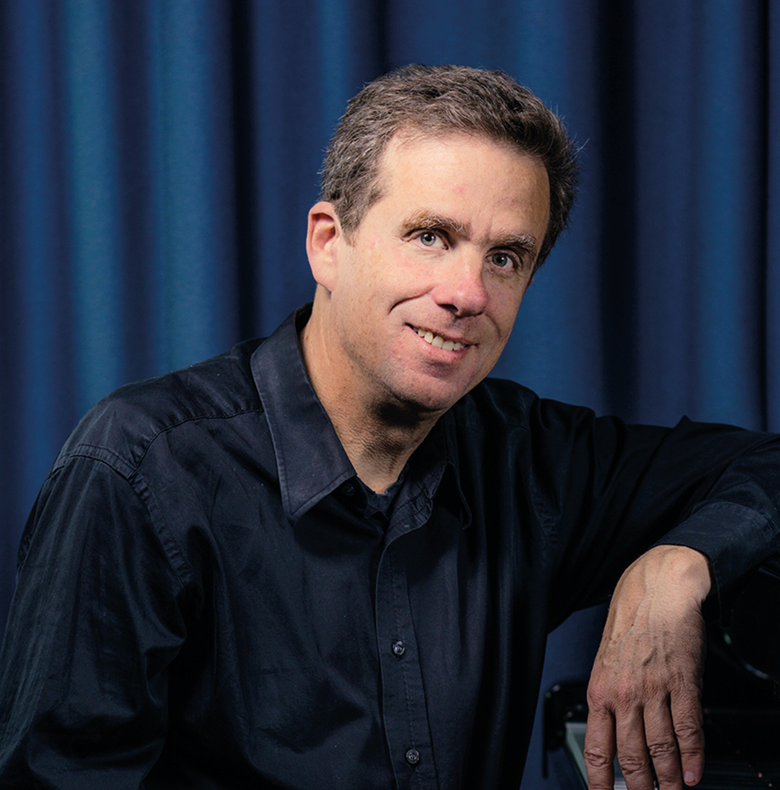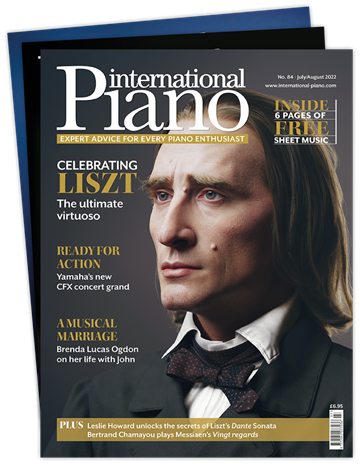Piano masterclass: Mozart's Fantasy in D minor, K397
Interview by Jessica Duchen
Tuesday, November 14, 2023
David Dolan talks readers through a range of methods that can be geared towards achieving an appropriate character of improvisation and spontaneous freedom in Mozart’s Fantasy in D minor, K397

Register now to continue reading
This article is from International Piano. Register today to enjoy our dedicated coverage of the piano world, including:
- Free access to 3 subscriber-only articles per month
- Unlimited access to International Piano's news pages
- Monthly newsletter






